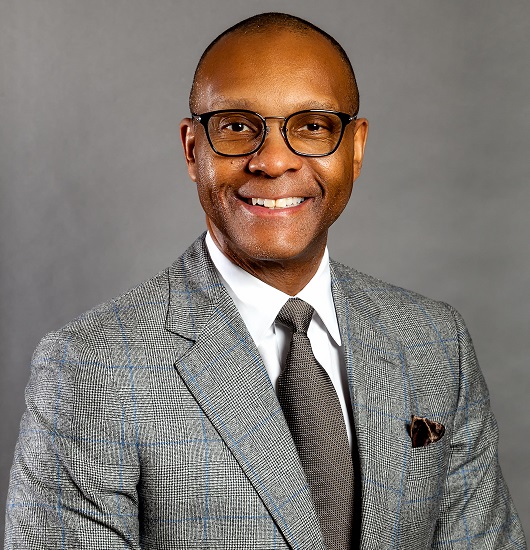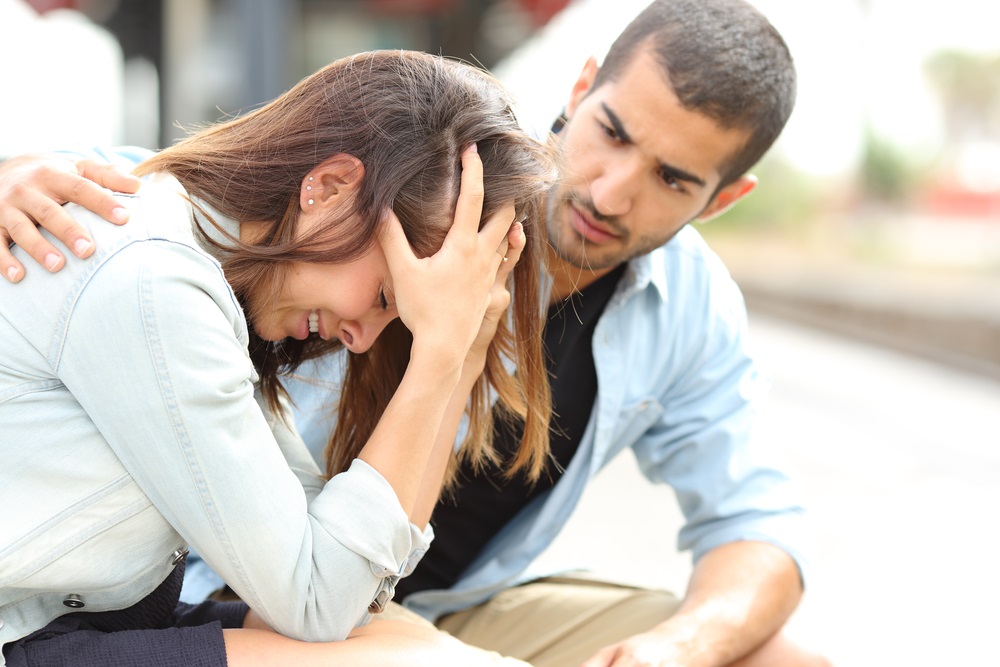![]() There are thousands of years’ worth of documented history and stories of our connection with each other. There are millions of love stories and historical accounts of all kinds of relationships interpreted in books, movies and even sketched onto buildings and structures that speaks to our powerful bond.
There are thousands of years’ worth of documented history and stories of our connection with each other. There are millions of love stories and historical accounts of all kinds of relationships interpreted in books, movies and even sketched onto buildings and structures that speaks to our powerful bond.
Could this be the answer to the age-old question — what is the purpose of life? Science tells us it is. We are programmed to connect, not to self-destruct. If this is so, then why is it that we are suffering through a suicide crisis?
A crisis is when a non-common negative occurrence increases in trend and frequency. As a result of the COVID-19 pandemic there seems to be a decline of mental health. Suicidal risk and the suicide mortality rate have seen an uprise in recent history. However, it is too soon to obtain data that would tell us more about the COVID-related suicidal risk.

Edward M. Valentin
What we do know is that the pandemic is marked by isolation that has been described as the “cruelest” part of this disease. Those who feel alone describe it as the worst of emotional pain. In a combat veteran research study, a significant number of veterans reported that the loss of the “brotherhood” was worse than combat stress. The harshest punishment in prisons is placing an inmate in isolation. The reason why disconnection feels so harsh is because we are biologically programmed to connect and disconnection puts people at significant risk, especially children and youth. Let’s explore some of the science, because if we can understand why we hurt when we feel alone, we may help people connect and save lives.
Humans are social beings with an instinct to connect and bond with each other (survival is the commonly accepted reason). Like many others in the animal kingdom, the survival of one relies on the survival of the many (or the whole). Research studies try to explain and describe how our instinct to bond and connect is a matter of life and death beyond infancy and well into adulthood but has had challenges putting the pieces together.
Connection is survival now too
This agreement with nature (our social nature) may come with harsh consequences if broken. This social agreement is more than just an empathic reaction between species; in fact, it provides clues of the power of socialization that goes beyond eusocial behavior. Homo sapiens has the most flexible alliances because humans have higher limits of cooperation. These limits extend beyond family members, class, race and even other species. This makes Homo sapiens uniquely positioned to mitigate natural adversities and dominate the resources of the world.

DePriest Waddy
Research has been done on the sociological, psychological, anthropological and biological explanations for the domination of human existence. We are still discovering more of these clues while our closest surviving cousin species (e.g. the chimpanzee) are just beginning to regularly use tools for their advantage, in addition to the benefits of intersocial structure.
Neuroscience is increasingly finding biological explanations of the mechanisms of social behavior. Primates like bonobos, marmosets and chimpanzees are highly social like humans, but are different in how they are organized in their group systems. Though the chimpanzee is our closest relative, the marmoset would be the closest model to study human social behavior because there are parallel social systems and neuropsychiatric disorders due to social disconnection.
During social behavior there is a world of activities occurring in our bodies. The neuropeptide hormone oxytocin is the one mostly associated with social bonds. When we are stressed our hearts have receptors calling for oxytocin for us to connect with other people as a trigger to seek help. It appears that the same hormone that bonds mothers to their infants to trigger lactation, that’s released when we fall in love or make a new friend, is a powerful survival mechanism.
Connection may build resiliency
It is important for mental health interventions to not only focus on symptom reduction but to deliberately help our children and youth to build resiliency. Strengthening our ability to connect and see our lives in a positive future may be the answer to build the resiliency our children and youth need to combat the crisis.
At Families First (one of us is the clinical director and the other the CEO) in Atlanta, which serves a diversity of social and emotional needs of children, youth and families, what is common is a demand for social connection, social validation and recognition. The people we serve feel forgotten and often express sentiments that systems are built not only against them but despite them.
We have assembled an A-team think tank to help us re-establish our efforts toward measurable objectives that guide people from surviving to thriving. We see psychosocial resiliency in two ways; one that is organic — that comes with our natural instincts to survive — and one that is a learned construct of social/emotional skills built to improve quality of life with the goals to sustain recovery by enhancing the abilities to bounce back from adversities.
A central part of these skills and abilities in our resiliency efforts is social growth — how we view relationships, how we respond to the vast number of ways to make connections and how we use access to resources. This is not necessarily a new theoretical idea. We have been given hints from classical psychological theories such as John Bowlby’s attachment theory and the social work profession’s person-in-environment perspective.
What can we do?
It’s just that organizations working with people with complex social problems have focused on their social/psychological crisis (which is necessary). At Families First we recognize the needs of now, but I want to be deliberate in helping people combat the needs of tomorrow because these learned skills of resiliency can be passed along for generations to come and ultimately break the cycle of social stagnation and change population profiles from surviving communities to thriving communities. That is our contribution to service and social justice.
Families First of Atlanta has been committed to addressing mental health challenges of children and families but has also implemented a resiliency model to build up the survival mechanism and improve the will to live and thrive. Families First tracks resiliency growth of children and youth (and their families) by using the Families First Resiliency Needs Screener and Connor-Davidson Resiliency Scale. Retests are done every eight sessions to insure positive change.
For more information on mental health, go to
► JJIE Resource Hub | Mental Health and Substance Use Disorders
If you or someone you know shows signs of isolation, withdrawal or any indicators of loneliness, this person may be at high risk. Talking to people may not be enough but it is the best start. Acknowledge observations with warmth and empathy and use statements of inclusion, such as, “You’re not alone” “I (or we) are here” and “Let’s work this out together.”
Making people feel part of something or an integral part of people’s lives makes the person feel good because they are supported and cared about. Sometimes a simple “I got you” may save a life. When searching for a mental health provider for your child or someone you love, ask if they have a plan for building resiliency and building connections.
We all want to be a part of something “bigger than ourselves.” Is it a stretch that the “bigger than ourselves” is our actual calling to bond and connect? If so, we owe it to our children (and the children of others) to do a better job at connecting with them.
Edward M. Valentin is clinical director of Families First and a clinical social worker. He is on a lifelong quest to find the most efficient way to provide quality services to all who need it regardless of their social-economic status.
DePriest Waddy is the chief executive officer of Families First, a human services organization celebrating its 130-year legacy serving families and children across Georgia and the United States. He was previously executive director of Jefferson County Committee for Economic Opportunity in Alabama and regional director with United Way of Greater Atlanta.
